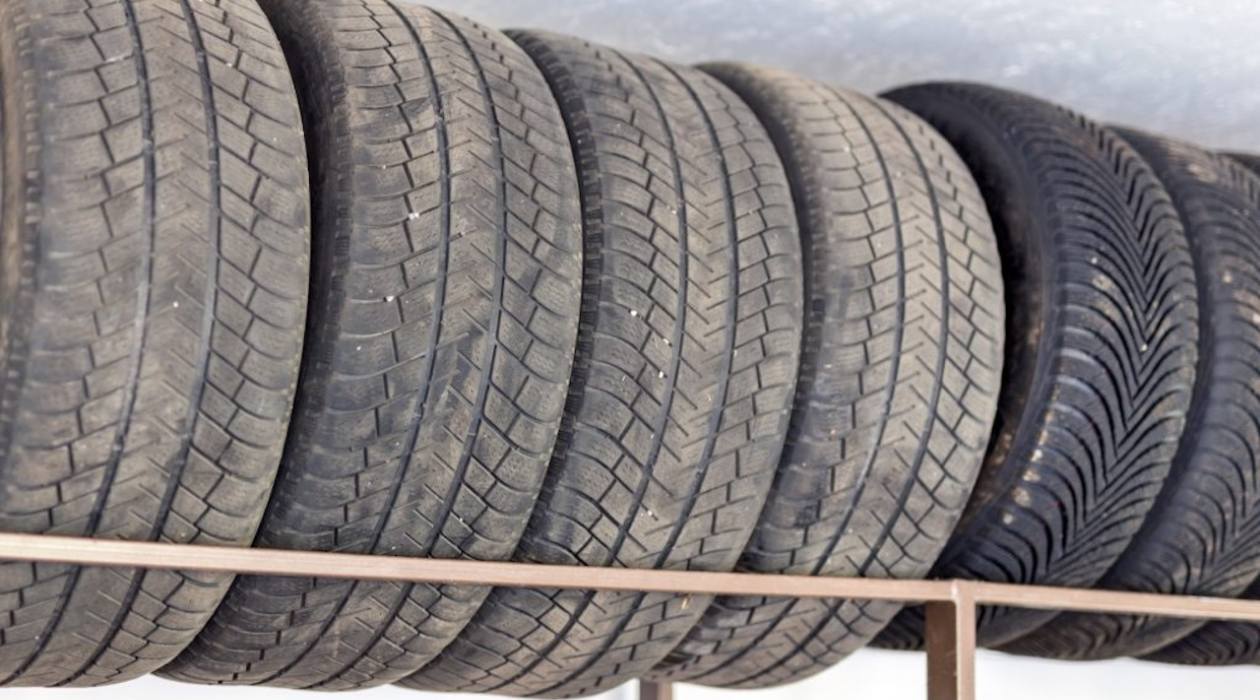

Articles
How To Store Tires
Modified: January 6, 2024
Learn the best methods of tire storage with our informative articles. Discover how to properly store your tires to ensure their longevity and performance.
(Many of the links in this article redirect to a specific reviewed product. Your purchase of these products through affiliate links helps to generate commission for Storables.com, at no extra cost. Learn more)
Introduction
When it comes to storing tires, proper care and attention are essential to keep them in good condition. Whether you need to store your tires for the off-season or have extra tires that you don’t currently need, following the right steps will help ensure that your tires are in optimal condition when you are ready to use them again.
Tires are a significant investment, and their performance and lifespan can be affected by improper storage. Factors like temperature, humidity, and exposure to sunlight can cause the rubber to degrade, leading to decreased performance and potentially even safety hazards. By implementing the following steps, you can effectively store your tires and extend their lifespan, saving you money in the long run.
In this article, we will guide you through the process of storing tires to keep them in the best possible condition. From cleaning the tires to choosing an appropriate storage location, we will cover all the necessary steps so you can store your tires with confidence. Let’s dive in!
Key Takeaways:
- Properly storing tires is crucial for maintaining their quality and lifespan. From cleaning and choosing the right location to protecting and organizing, these steps ensure your tires are ready for peak performance when needed.
- Regularly rotating tires, even during storage, promotes even wear and extends their durability. By following these steps, you can ensure your tires remain in optimal condition and ready to hit the road when the time comes.
Read more: How To Store Winter Tires
Step 1: Clean the tires
Before storing your tires, it’s important to give them a thorough cleaning. Over time, tires can accumulate dirt, brake dust, and other debris that can cause damage if left untreated. Follow these steps to clean your tires effectively:
- Start by removing any excess dirt and debris from the tire surface using a soft brush or cloth.
- Next, use a tire-specific cleaner and apply it to the tire surface. Be sure to read and follow the instructions on the cleaner’s label.
- Use a tire brush or scrub brush to agitate the cleaner and remove any stubborn dirt or residue. Pay extra attention to the tire sidewalls, as they tend to collect more dirt and grime.
- Rinse the tires thoroughly with clean water to remove all traces of the cleaning solution.
- Dry the tires completely before storing them. You can use a clean towel or let them air dry. Make sure there is no moisture left on the tire surface, as this can promote mold or mildew growth.
By cleaning your tires before storage, you remove any contaminants that could potentially cause damage or degrade the rubber over time. This simple step will help ensure that your tires remain in good condition throughout their storage period.
Step 2: Choose a storage location
Selecting the right storage location for your tires is crucial in maintaining their quality and longevity. Here are some factors to consider when choosing a suitable storage area:
- Indoor vs. outdoor: Whenever possible, store your tires indoors. Indoor spaces provide better protection against environmental elements such as UV rays, extreme temperatures, and moisture. If you don’t have access to an indoor space, consider using tire covers or investing in a weatherproof storage container for outdoor storage.
- Temperature and humidity: Optimal storage conditions include a moderate temperature range of 40 to 75 degrees Fahrenheit (4 to 24 degrees Celsius) and a humidity level of around 50%. Avoid storing your tires in areas with extreme temperature fluctuations or high humidity, as these conditions can accelerate rubber degradation.
- Light exposure: Exposure to direct sunlight can cause the rubber to deteriorate faster. If you are storing your tires in an outdoor area, choose a location that is shaded or use tire covers to block out the sunlight.
- Clean and dry: Ensure that the storage location is clean and free from dust, oil, and debris that could potentially damage your tires. Additionally, make sure the area is dry to prevent moisture buildup.
- Avoid contact with chemicals: Keep your tires away from any chemicals, solvents, or petroleum-based products, as they can cause rubber deterioration or discoloration.
By carefully selecting a suitable storage location, you can minimize the risk of damage to your tires and preserve their quality for future use. Remember, a clean, dry, and controlled environment will help extend the life of your tires and ensure they are ready to perform when you need them.
Step 3: Prepare the storage area
Preparing the storage area before placing your tires is crucial for maintaining their integrity. Here are some essential steps to follow when preparing your tire storage area:
- Clean the storage area: Before storing your tires, make sure the storage area is clean and free from any debris or contaminants that could potentially damage your tires. Sweep or vacuum the area to remove any dust, dirt, or sharp objects.
- Inspect for potential hazards: Check the storage area for any sharp or protruding objects that could puncture or damage your tires. Remove any nails, screws, or other debris that could pose a risk.
- Consider storage racks or shelves: Investing in tire racks or shelves can help organize your storage space and prevent tires from collapsing or being stored haphazardly. These racks provide a stable and secure storage solution, allowing for easy access and minimizing the risk of damage.
- Ensure proper ventilation: Adequate airflow is important to prevent moisture buildup and avoid the growth of mold or mildew. If your storage area lacks ventilation, consider using a dehumidifier or placing moisture-absorbing products like silica gel packs in the vicinity.
- Check for pest control: Ensure that your storage area is pest-free and prevent any rodents or insects from nesting or causing damage to your tires. Use pest control methods appropriate for your location and consider sealing any potential entry points.
By taking the time to prepare the storage area properly, you can create a safe and suitable environment for your tires. This step is crucial in maintaining the quality and condition of your tires during storage, ensuring that they remain in optimal condition for when you are ready to use them again.
Step 4: Stack or hang the tires
Once you have prepared the storage area, it’s time to determine the best method for storing your tires. Depending on the available space and your personal preference, you can either stack or hang your tires. Here are some guidelines for each method:
- Stacking: If you have limited space or multiple sets of tires to store, stacking them is a convenient option. When stacking tires, follow these tips:
- Place the heaviest tires on the bottom to provide a stable base.
- Stack the tires symmetrically, ensuring that they are aligned to prevent any imbalance.
- Avoid stacking too high to prevent tire deformation or the risk of the stack collapsing.
- Consider using tire totes or stacking them horizontally to prevent tire sidewall damage.
- Hanging: Hanging tires is an alternative method that can help save space and prevent the tires from developing flat spots. Here’s how to hang your tires correctly:
- Use sturdy hooks or racks specifically designed for tire storage.
- Hang the tires vertically to distribute the weight evenly and prevent deformation.
- Ensure that the hooks or racks are securely attached to prevent the tires from falling.
- Avoid hanging the tires directly against walls to allow for proper ventilation and prevent condensation.
Choose the storing method that suits your storage space and preferences. Whether you stack or hang your tires, remember to handle them with care to prevent any damage during the storage process.
Additionally, if you have tires with rims, it’s recommended to stack or hang them with the rims facing each other to prevent any scratches or damage.
Store tires in a cool, dry, and dark place away from direct sunlight and sources of heat. Keep them away from chemicals and solvents to prevent damage. If stacking, place them vertically to avoid deformation.
Read more: How To Store Bike Tires
Step 5: Protect the tires from damage
To ensure the long-term quality and performance of your tires, it’s important to protect them from potential damage while in storage. Here are some measures you can take to safeguard your tires:
- Use tire covers: Invest in tire covers or heavy-duty plastic bags to shield your tires from dust, sunlight, and other environmental elements. These covers will help prevent rubber degradation and maintain the integrity of the tires.
- Avoid contact with oil and chemicals: Keep your tires away from any substances that could potentially degrade the rubber. Oils, solvents, and petroleum-based products can cause irreversible damage to the tire’s composition.
- Avoid stacking heavy objects on top: If you choose to stack your tires, ensure that no heavy objects are placed on top of them. The weight can cause deformation and compromise the tire’s shape and structural integrity.
- Regularly inspect for pests: Check your stored tires periodically for any signs of rodents, insects, or other pests. These creatures can cause damage by chewing through the rubber or nesting inside the tires.
- Keep tires away from high heat sources: Avoid storing your tires near sources of heat such as furnaces, heaters, or direct sunlight. Excessive heat can accelerate the aging process of the rubber and adversely affect tire performance.
By taking the necessary precautions and protecting your tires from potential damage, you can ensure that they remain in optimal condition throughout the storage period. This will help extend their lifespan and maintain their performance when you are ready to use them again.
Step 6: Label and organize the tires
Properly labeling and organizing your stored tires can save you time and effort when you need to retrieve them. Follow these guidelines to effectively label and organize your tires:
- Label each tire: Use a permanent marker or labels to clearly mark each tire with essential information like tire size, brand, tread pattern, or any other relevant details. This labeling will make it easy to identify and differentiate your tires during storage and when you need to retrieve them.
- Create a tire inventory: Maintain a written or digital record of the tires you have stored, including their specific details and the date of storage. This inventory will help you track the condition and age of your tires, making it easier to plan for replacements when necessary.
- Organize by season or usage: If you have different sets of tires for various seasons or specific vehicles, consider organizing them separately. This organization will enable you to access the right tires quickly and makes it convenient to rotate your tires as needed.
- Consider using tire racks or shelves: Investing in tire racks or shelves provides a structure for organizing your tires efficiently. You can dedicate specific sections for different tire types or sizes, making it easier to locate and access the required tires without disturbing the rest.
- Keep the inventory updated: Regularly update your tire inventory as you rotate or replace tires. This will maintain accurate records and prevent confusion when searching for a particular set of tires.
By labeling and organizing your tires, you create a systematic and efficient storage system. This step not only saves you time and effort but also helps prolong the lifespan of your tires by minimizing unnecessary handling and potential damage.
Step 7: Rotate the tires regularly
Rotating your tires is an essential maintenance practice that helps ensure even tread wear and prolong tire life. It is especially important during the storage period when tires may remain stationary for an extended period. Here’s why and how you should rotate your tires regularly:
Why rotate your tires: By rotating your tires, you distribute the wear more evenly among all four tires. This helps prevent one tire from wearing out faster than the others, which can affect the vehicle’s handling and performance. Regular rotation also allows for better traction and extends the overall lifespan of your tires.
How to rotate your tires: The specific rotation pattern may vary depending on your vehicle’s drivetrain (front-wheel drive, rear-wheel drive, all-wheel drive) and tire type. In general, the recommended rotation is as follows:
- Front-wheel drive: Move the rear tires straight to the front and cross the front tires to the rear. Make sure to flip the tires when necessary to maintain their original rotation direction.
- Rear-wheel drive: Move the front tires straight to the rear and cross the rear tires to the front. Again, flip the tires when needed to maintain their original rotation direction.
- All-wheel drive: Follow the manufacturer’s recommended rotation pattern to ensure even wear on all tires. This may involve rotating diagonally or following a specific cross pattern.
It’s important to refer to your vehicle’s owner manual or consult a professional for the appropriate rotation pattern for your specific vehicle.
By rotating your tires regularly, even during the storage period, you promote uniform wear and maximize their lifespan. Make it a part of your tire maintenance routine to extend the durability and performance of your tires.
Conclusion
Properly storing your tires is essential to maintain their quality, extend their lifespan, and ensure optimal performance when you need them. By following the steps outlined in this article, you can store your tires with confidence and peace of mind.
Remember to start by cleaning your tires thoroughly to remove any dirt or debris that could cause damage during storage. Choose a suitable storage location that provides protection from extreme temperatures, sunlight, and humidity. Prepare the storage area by ensuring it is clean, organized, and free from any potential hazards.
Decide whether to stack or hang your tires based on the available space and your personal preference. Take precautions to protect your tires from damage, such as using tire covers, avoiding contact with harmful substances, and preventing heavy objects from resting on top of them.
Label and organize your tires to make it easier to locate and access them when needed. Keep an inventory of your stored tires and update it regularly to track their condition and age. Lastly, remember to rotate your tires regularly even during storage to promote even wear and maximize their lifespan.
By following these steps and investing a little time and effort into proper tire storage, you can ensure that your tires remain in top condition and ready to hit the road when the time comes.
Frequently Asked Questions about How To Store Tires
Was this page helpful?
At Storables.com, we guarantee accurate and reliable information. Our content, validated by Expert Board Contributors, is crafted following stringent Editorial Policies. We're committed to providing you with well-researched, expert-backed insights for all your informational needs.
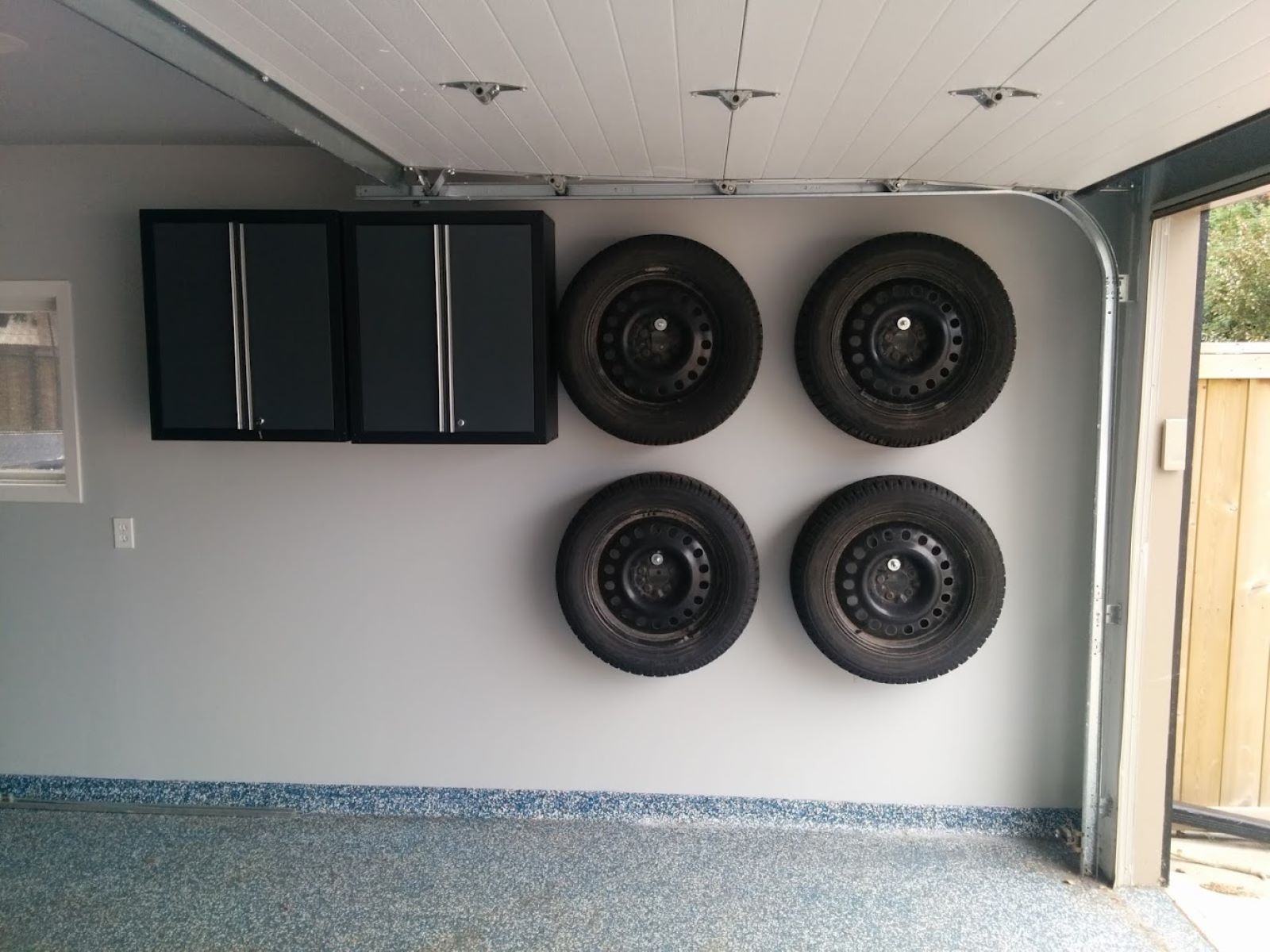

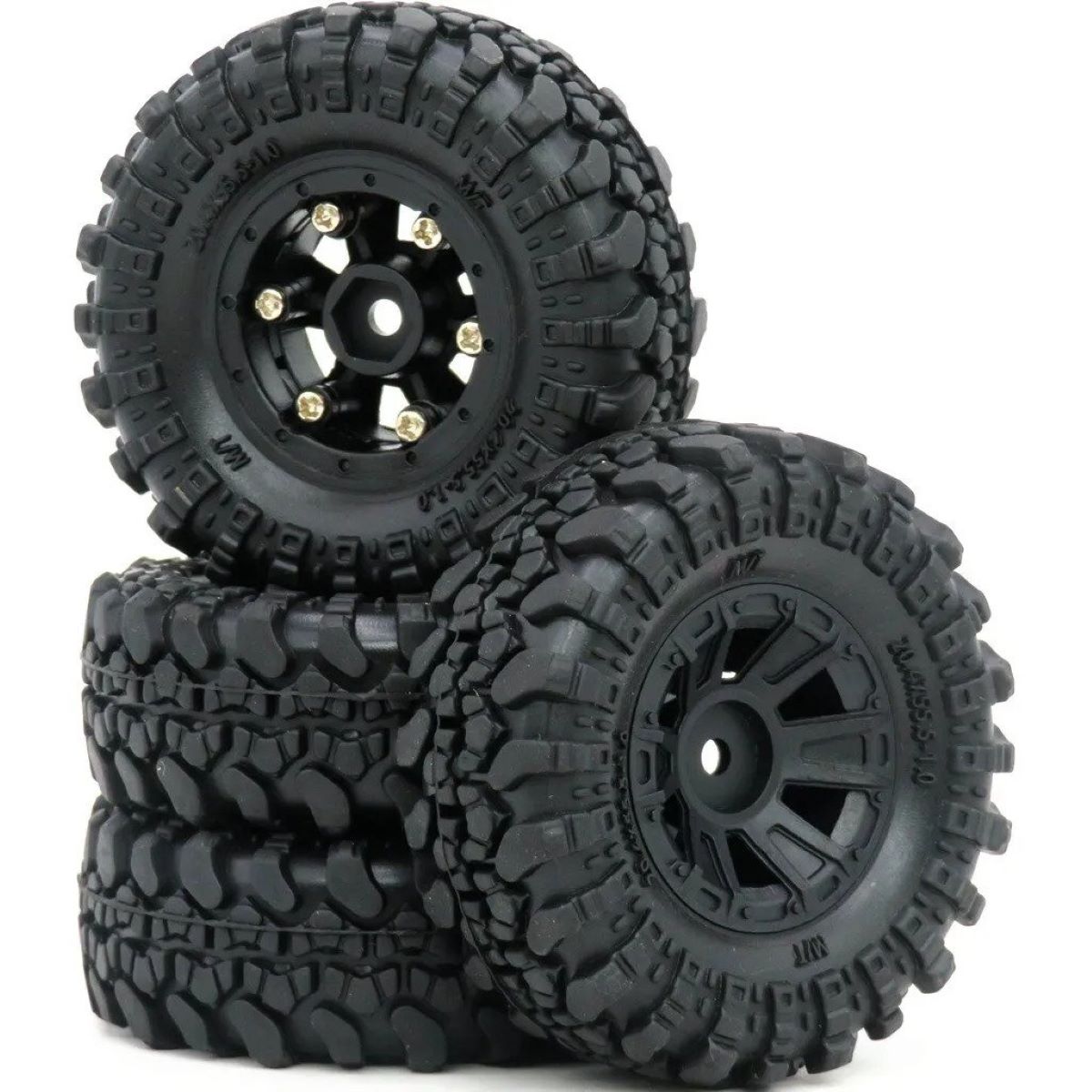
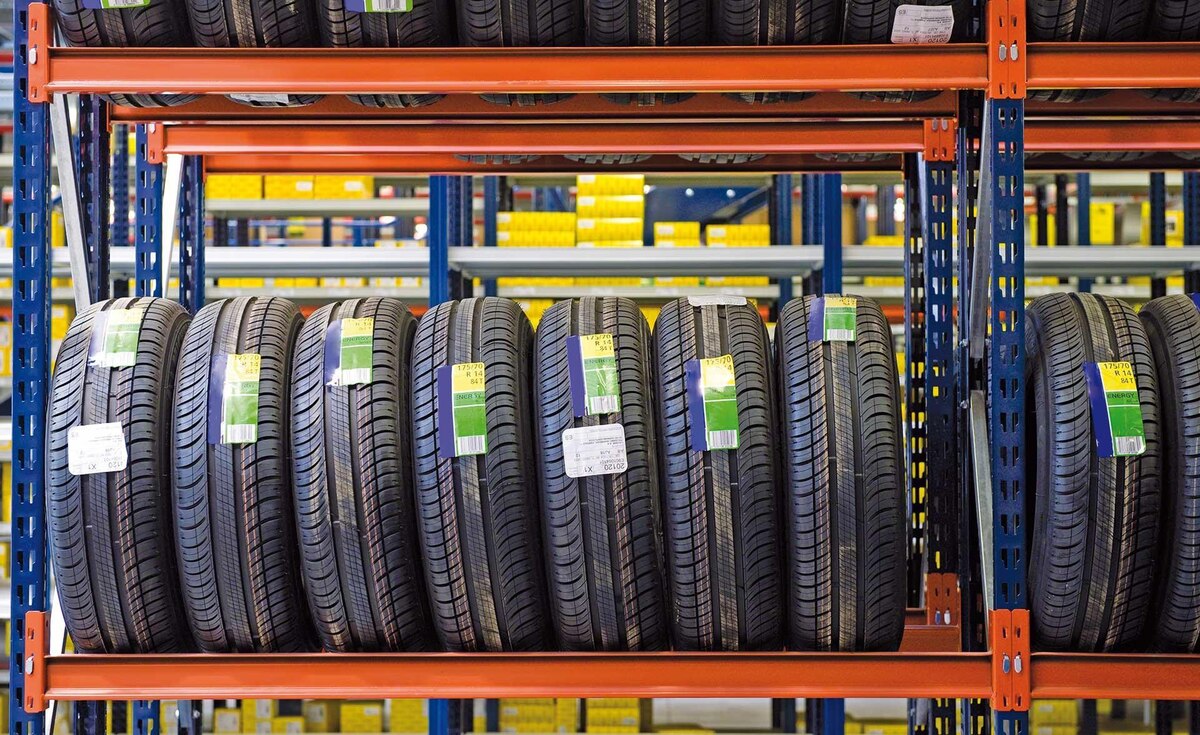
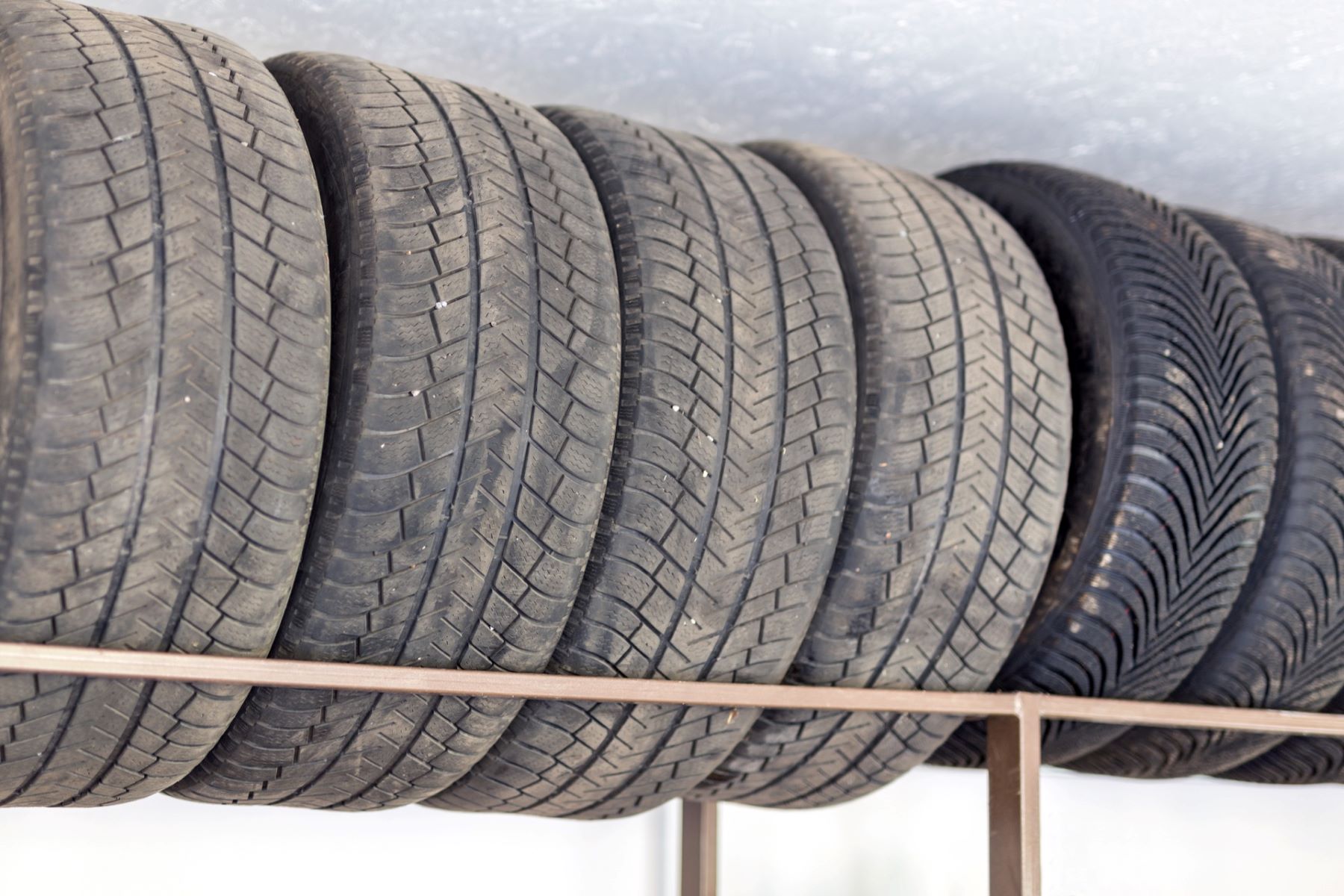
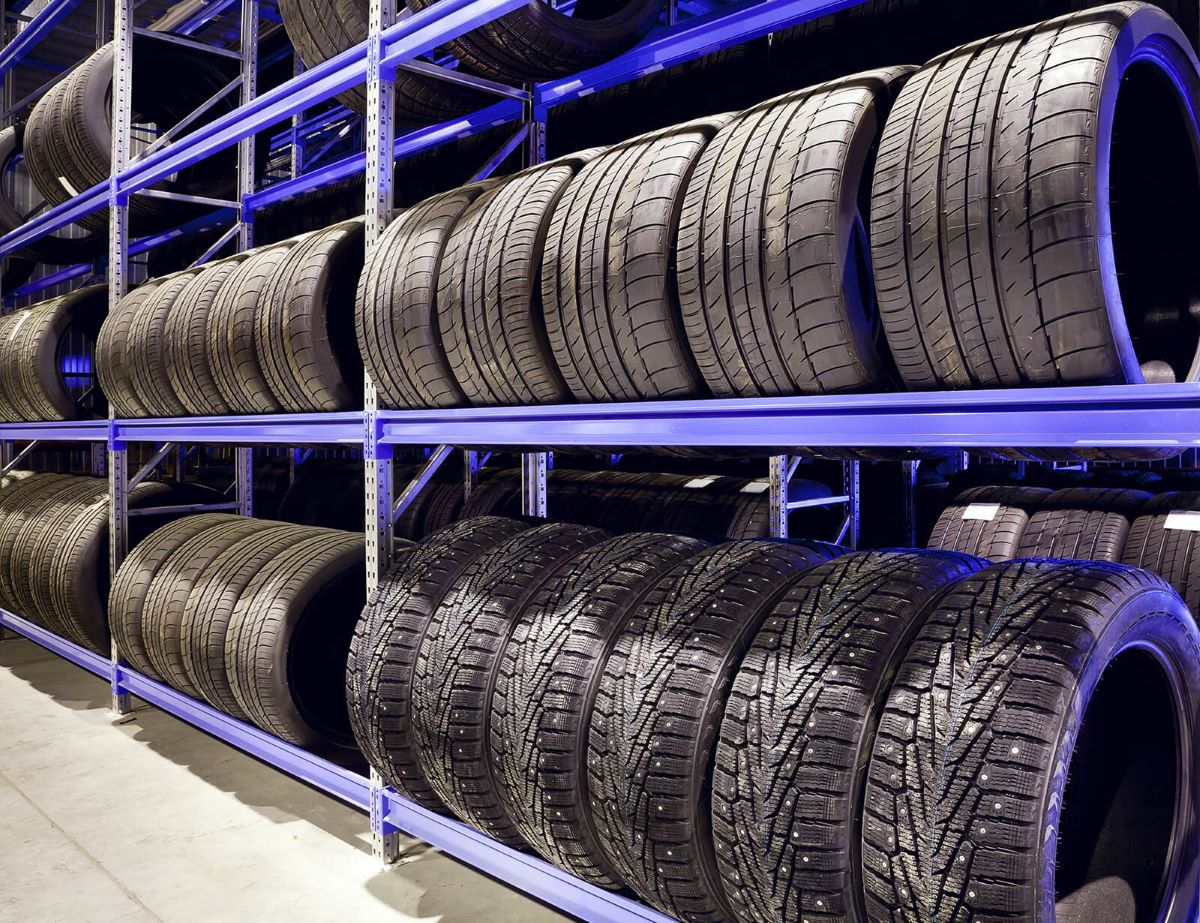
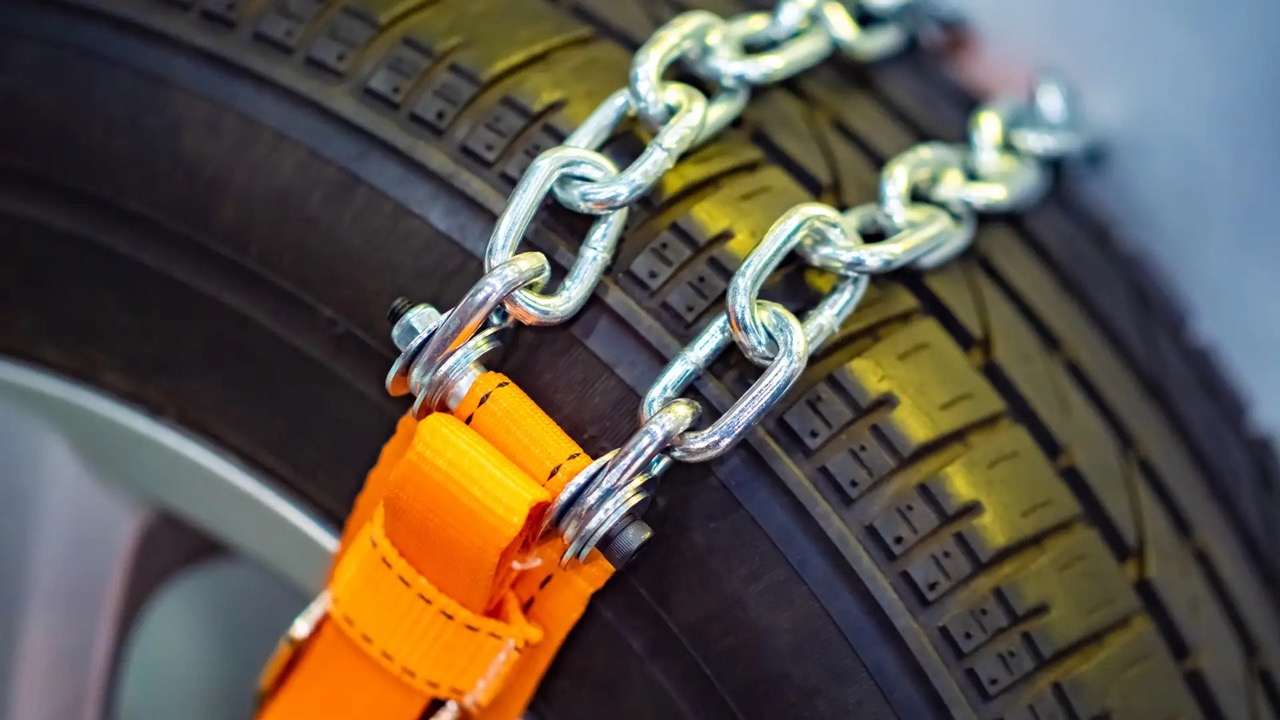
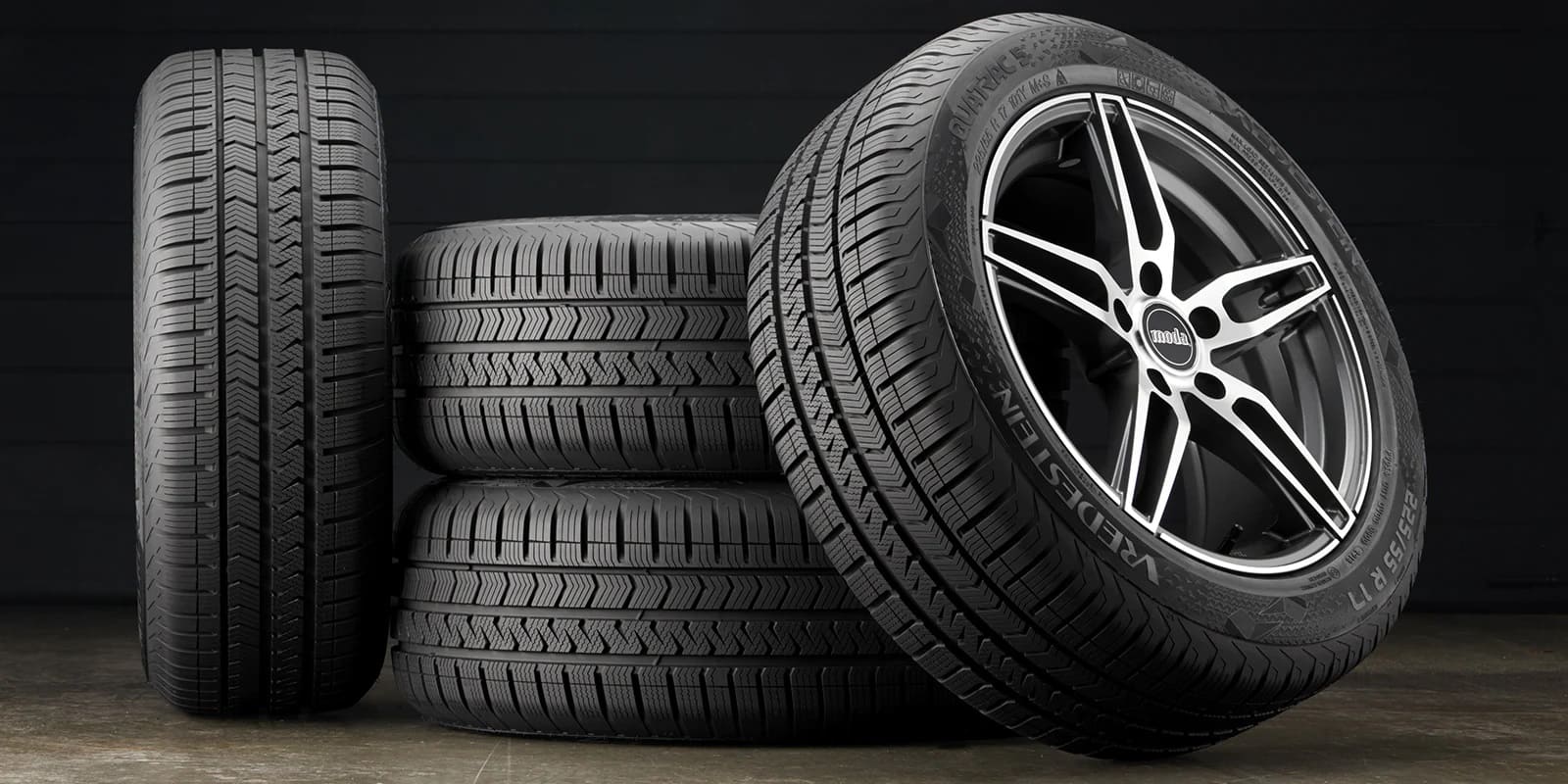
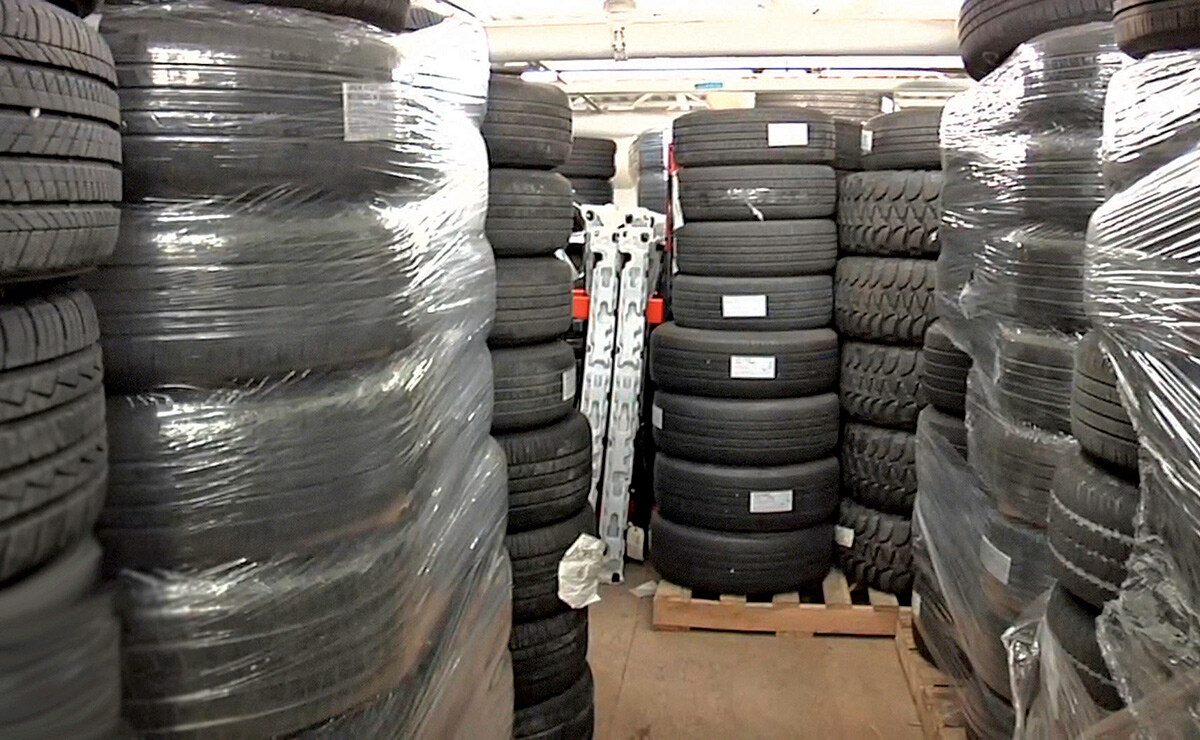
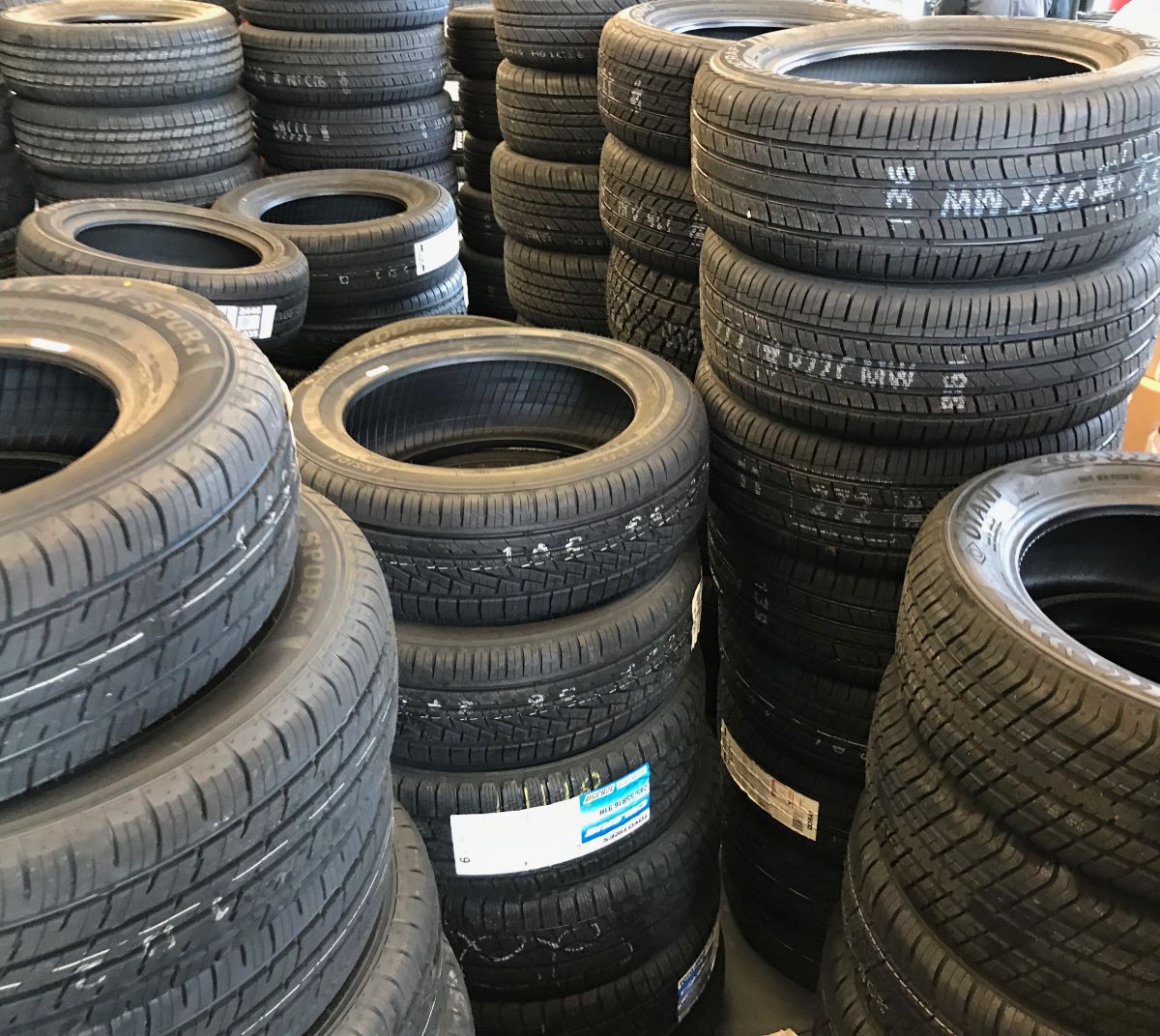
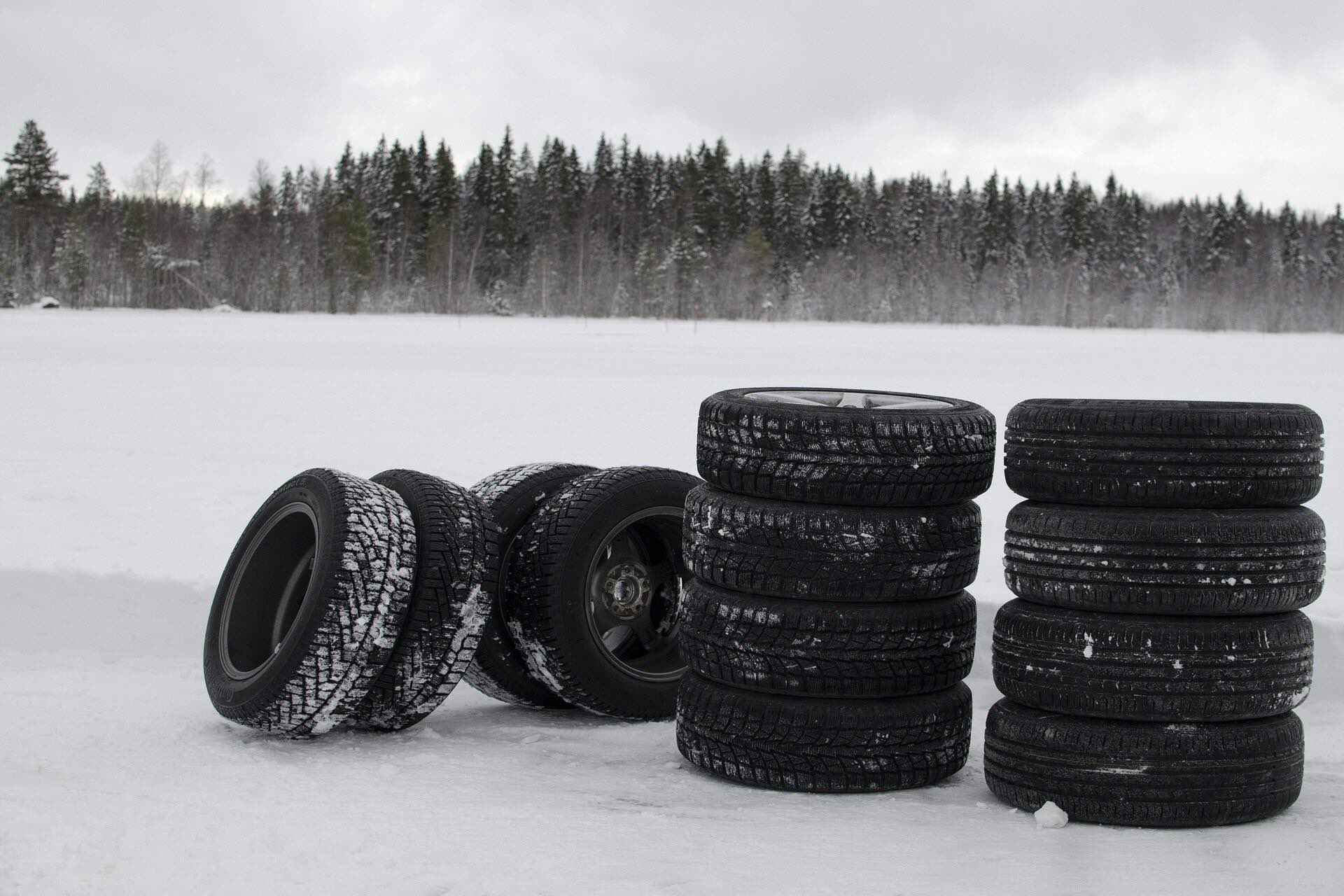
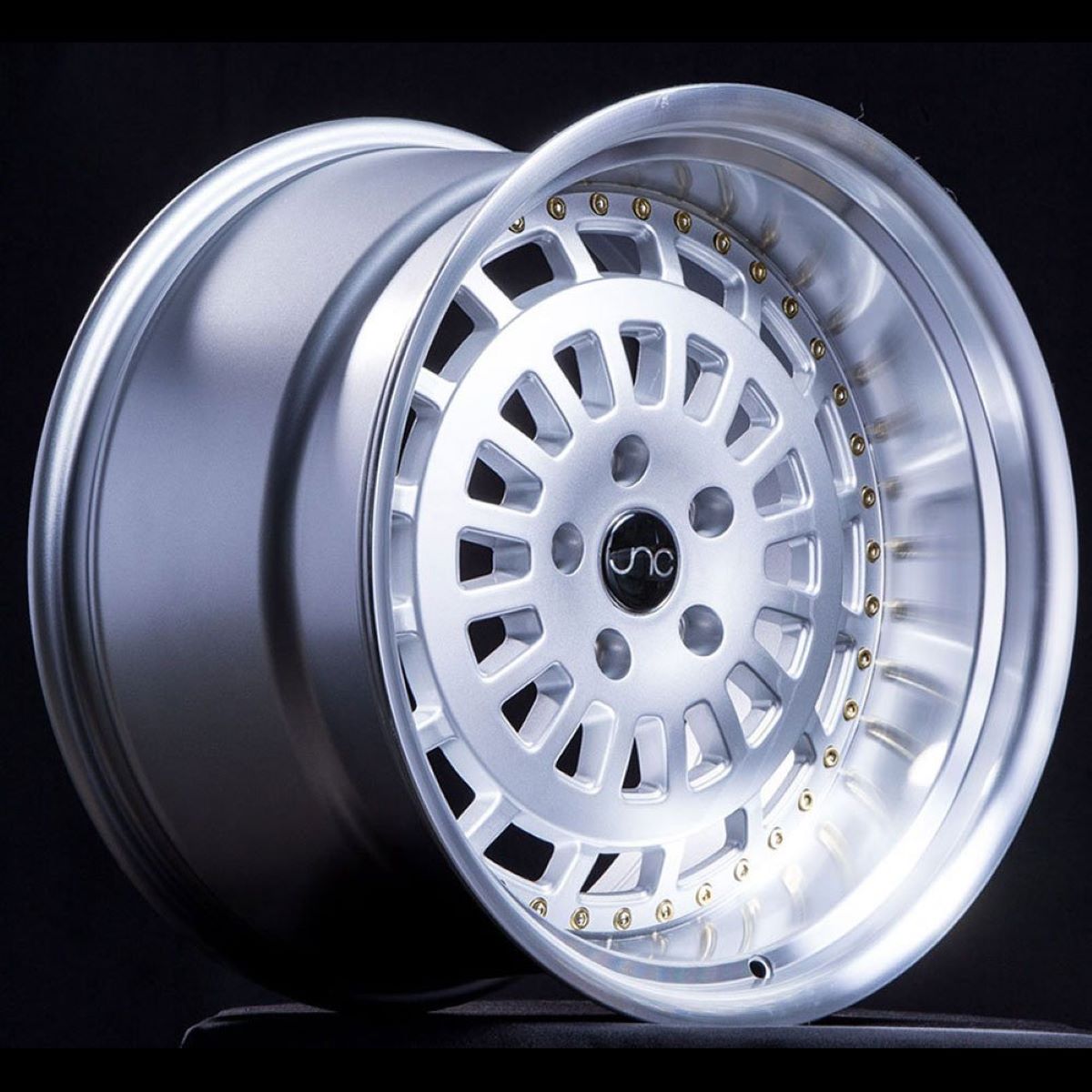
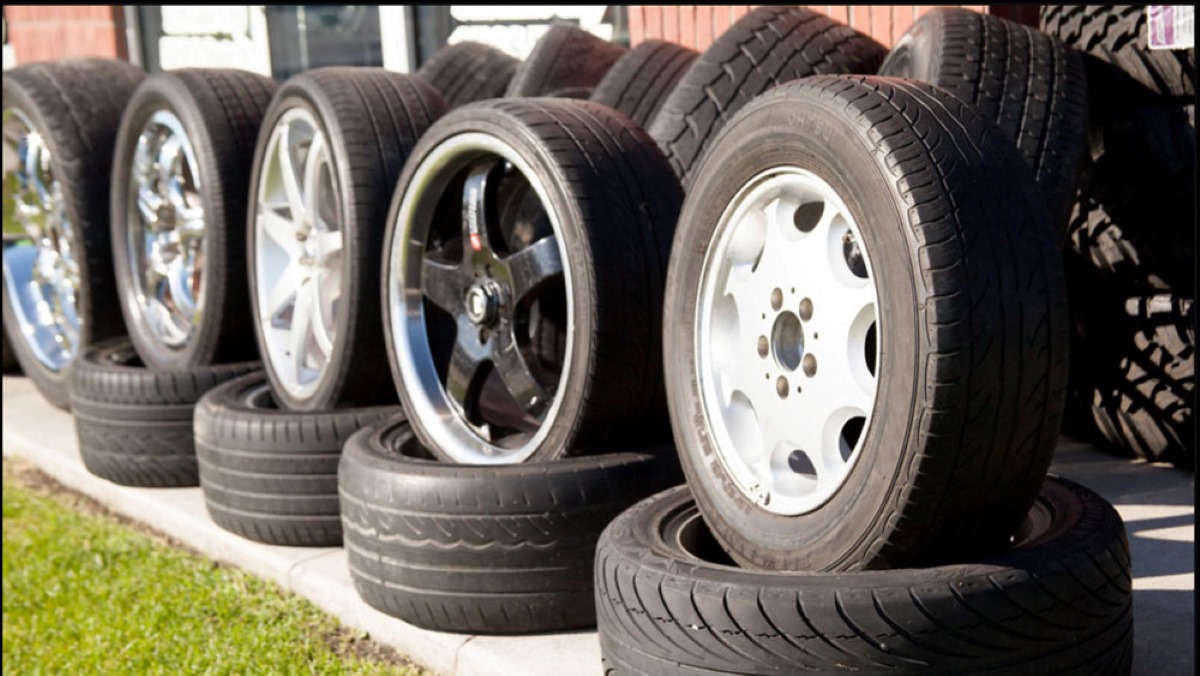
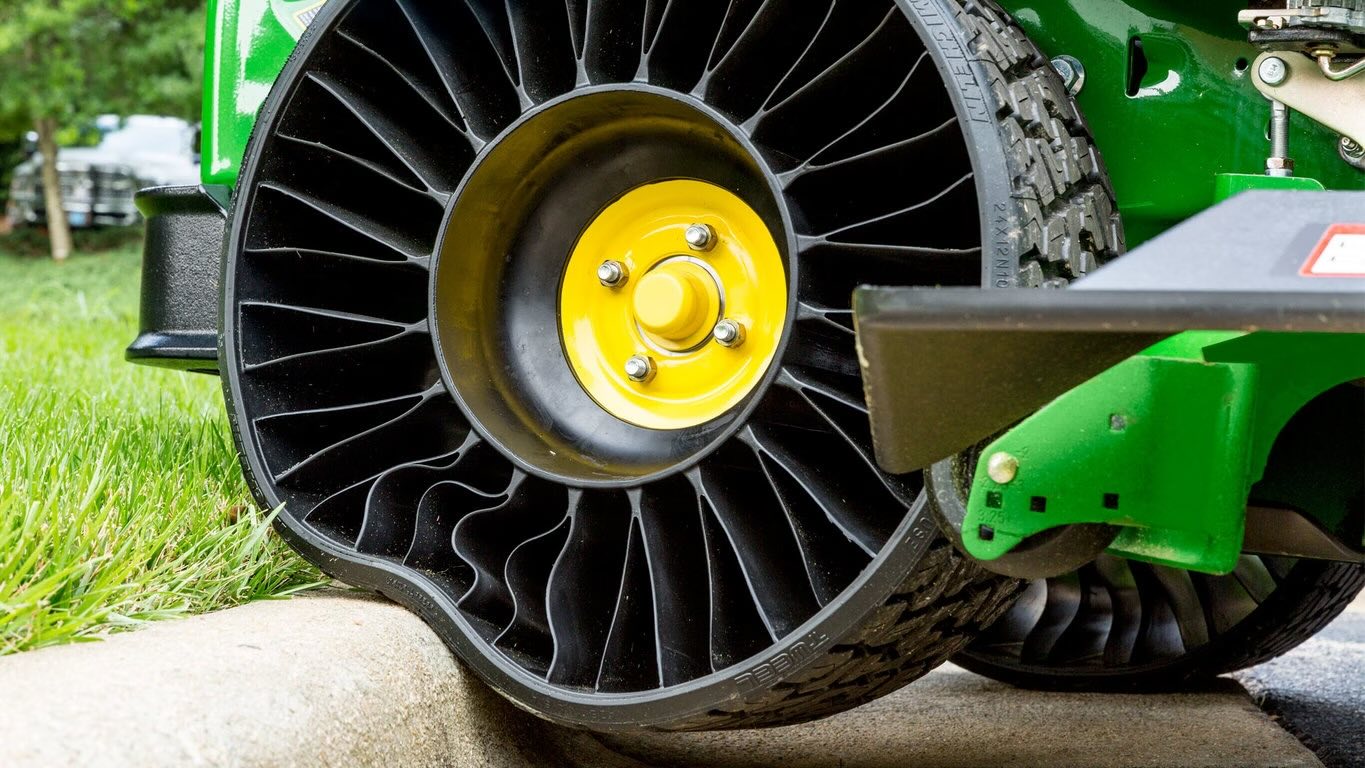

0 thoughts on “How To Store Tires”